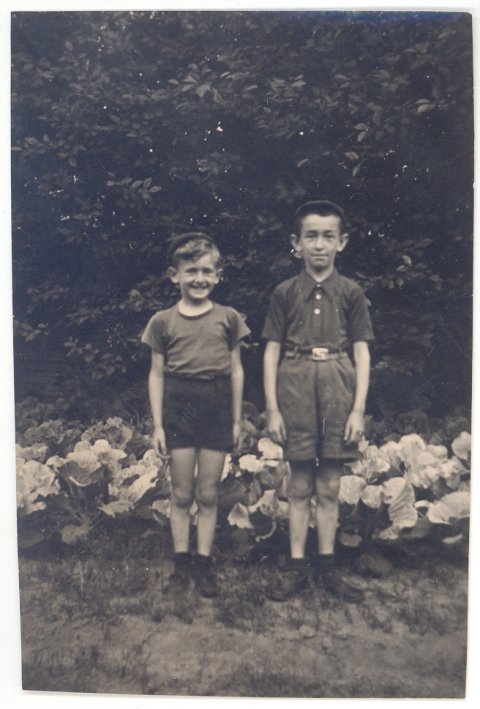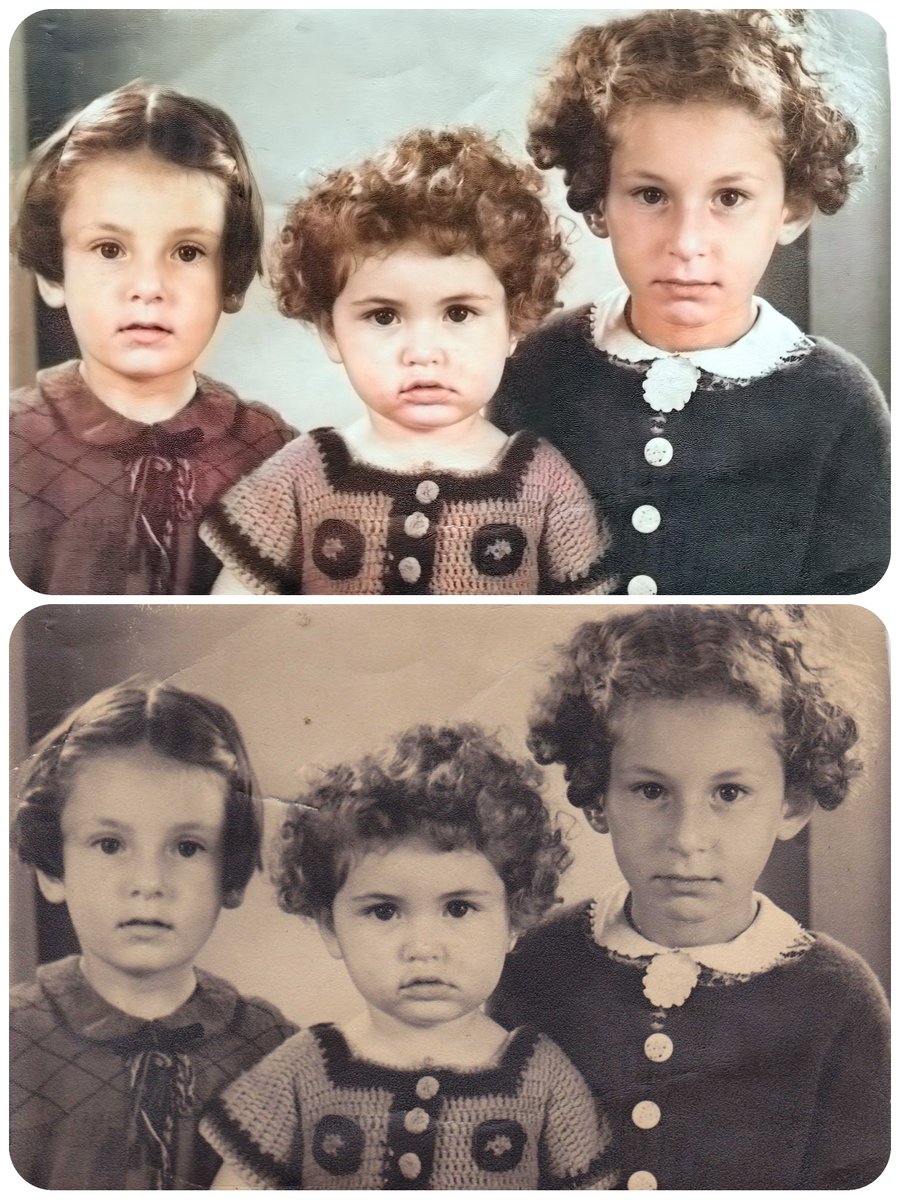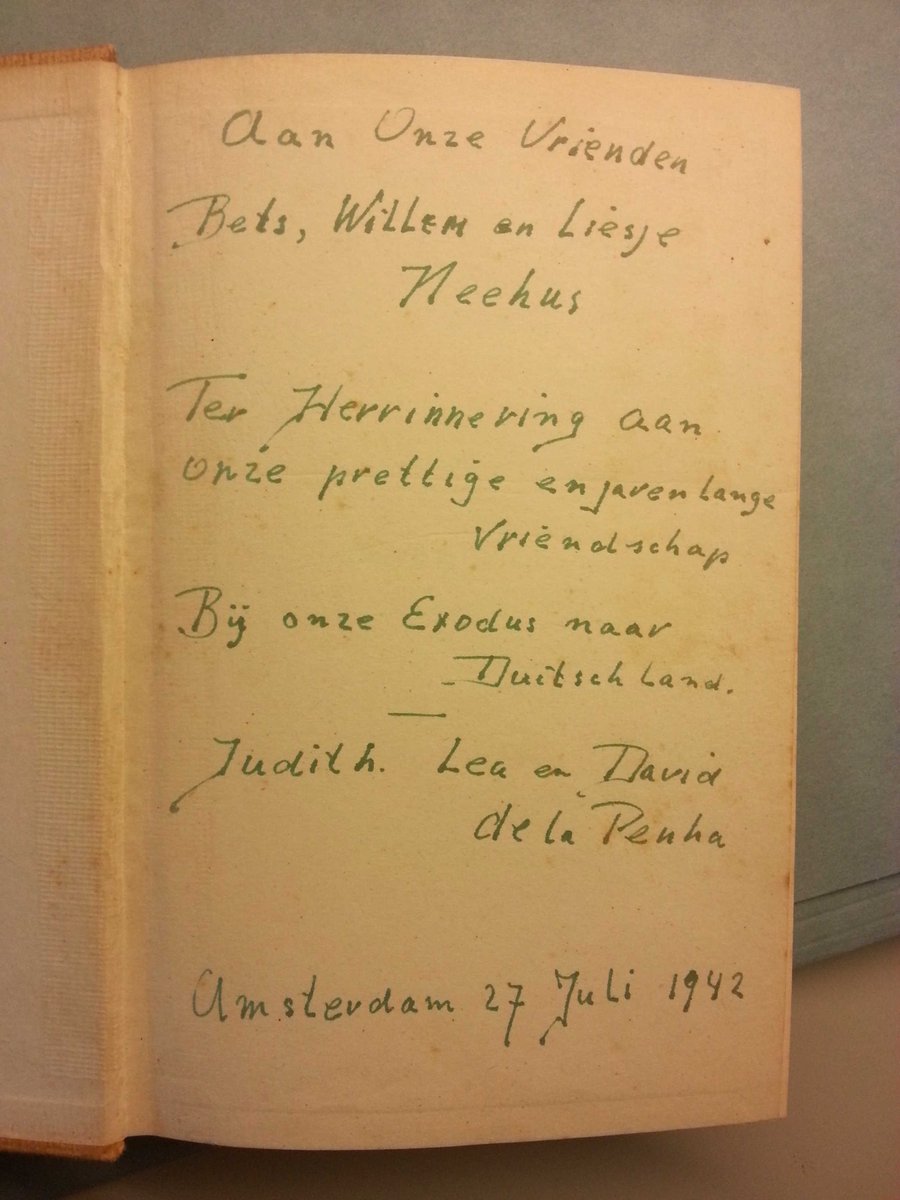
@AuschwitzMuseum (1/8) Sara or Serka was married to Moses. Before the war they lived in Oleszyce, Poland. They have 5 children. In 1928 Moses left to settle in Antwerp. In October he submits an application for family reunification in which he declares "I can meet their needs".
⬇️

⬇️


@AuschwitzMuseum (2/8) Serka and the children are allowed to travel to Belgium in 1929.
(📷1929) Derma and the children:
> Sonia Laja, born in 1922
> Hudes (Lisa), born in 1925
> Munisz born in 1929
> Beile Rachel (Bertha), born in 1927
> Abraham Aron (Bram), born in 1924
⬇️
(📷1929) Derma and the children:
> Sonia Laja, born in 1922
> Hudes (Lisa), born in 1925
> Munisz born in 1929
> Beile Rachel (Bertha), born in 1927
> Abraham Aron (Bram), born in 1924
⬇️

@AuschwitzMuseum (3/8) In 1933 their youngest child Jozef is born in Berchem.
In May 1940 oldest son Abraham moves to Portugal. Through letters Abraham keeps in touch with his family. The correspondence also shows the unrest and despair within the family.
⬇️


In May 1940 oldest son Abraham moves to Portugal. Through letters Abraham keeps in touch with his family. The correspondence also shows the unrest and despair within the family.
⬇️



@AuschwitzMuseum (4/8) "Whether they have received the photos sent from him properly, that they grumble because Abraham does not send them news about him so often that they ask him to send parcels"
The correspondence ends when Abraham moves to Cuba. The last house the family lived in was this:
⬇️
The correspondence ends when Abraham moves to Cuba. The last house the family lived in was this:
⬇️

@AuschwitzMuseum (5/8) This letter was send by Sonia to Abraham on 05-09-1941. It says:
"You can understand that getting a letter from you is the only thing that can make us happy."
Hudes was the first to get a letter for the Arbeitseinsatz. Via Dosin she is sent to Auschwitz.
⬇️


"You can understand that getting a letter from you is the only thing that can make us happy."
Hudes was the first to get a letter for the Arbeitseinsatz. Via Dosin she is sent to Auschwitz.
⬇️



@AuschwitzMuseum (6/8) she is selected into the camp but dies after a month.😢
In the night of 28-29 August 1942, during Shabbat, on which families are together, the Sipo-SD set off a wide perimeter with the help of more than 100 Antwerp police officers. The Fischlers (red arrow), are 'arrested'.

In the night of 28-29 August 1942, during Shabbat, on which families are together, the Sipo-SD set off a wide perimeter with the help of more than 100 Antwerp police officers. The Fischlers (red arrow), are 'arrested'.


@AuschwitzMuseum (7/8) On January 26, 1945, Abraham sends a postcard from Cuba because he still has no news from his family.
After the liberation, Abraham returns to Antwerp. He does not see his parents, brothers and sisters again. 😢
⬇️
After the liberation, Abraham returns to Antwerp. He does not see his parents, brothers and sisters again. 😢
⬇️
@AuschwitzMuseum (8/8) In 1948 the municipality of Borgerhout writes the Fischler family from the population registers, because:
"They left without leaving an address."
Poor Fischler family, we will remember all of you! 😢💔🕯️✡️
"They left without leaving an address."
Poor Fischler family, we will remember all of you! 😢💔🕯️✡️
• • •
Missing some Tweet in this thread? You can try to
force a refresh































